I'm going to walk you through how to use our new tool, Icon Composer—now integrated into the beta release of Xcode 26—to help you design app icons that feel right at home on iPhone, iPad, Mac, and Apple Watch.
Tools Required
Photopea (photopea.com) is a free, web-based alternative to Adobe Photoshop. I used it to design the initial layout of the icon.
Icon Composer is Apple’s new tool for designers and developers, designed to simplify the process of building app icons for multiple platforms and appearance modes, including light and dark. You can download it from Apple Developer Resources.
Xcode 26 (currently in beta) is the only version of Xcode that supports the new icon format. I used it to integrate the generated icon into a brand-new app project. You can download it from Apple Developer Resources.
Icon design
I’m planning to migrate the icon from my beloved Emom Timers app as soon as iOS 26 is released. Using Photopea, I’ve created a composition to visualize how the layers in the new icon will look.
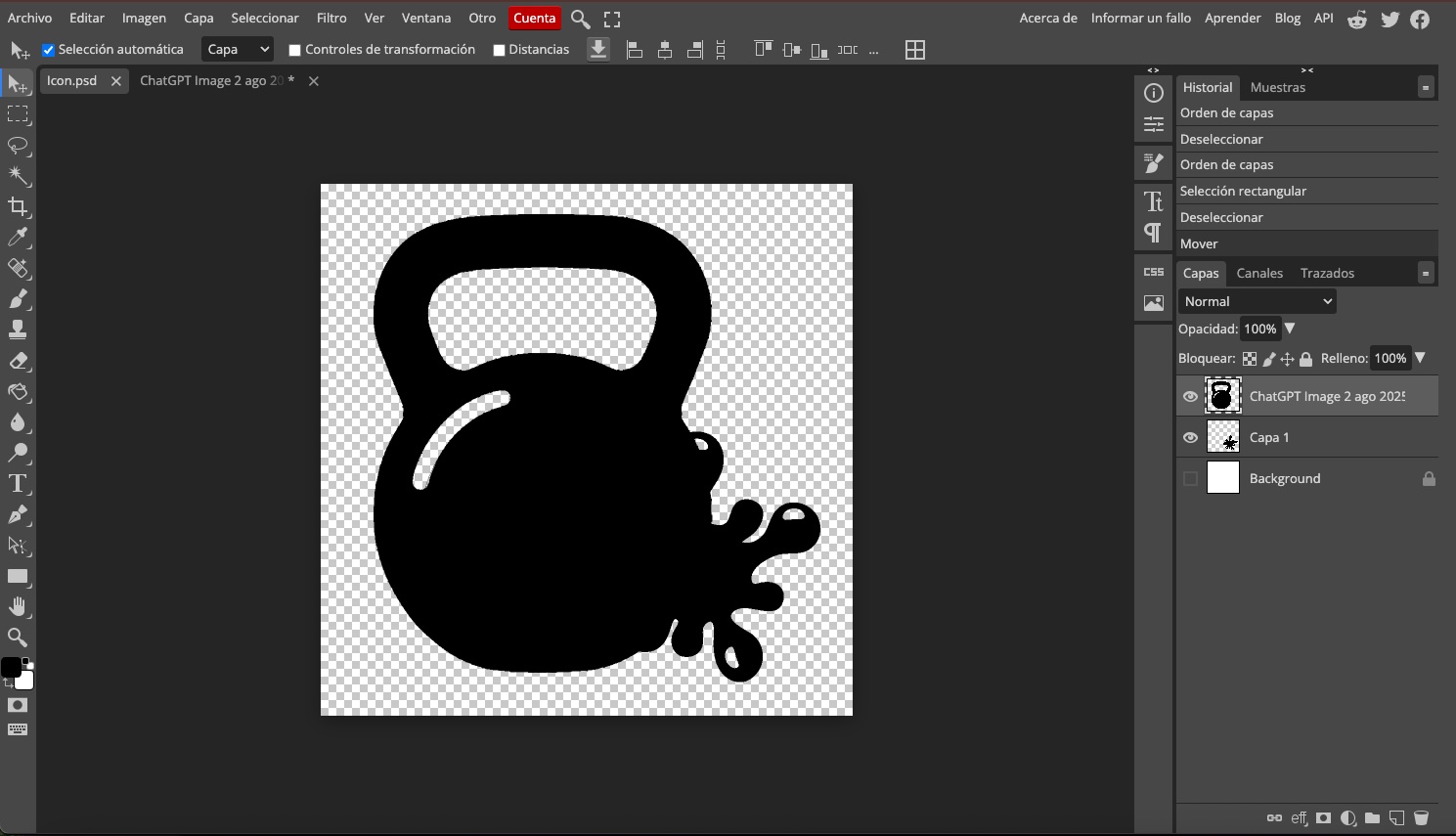
The canvas is set to 1024 × 1024, and only the monochrome layered images are needed—colors and gradients will be handled later by Icon Composer. The next step is to export the layers as .png files. To do this, go to File (Archivo) > Export Layers (Exportar capas…).

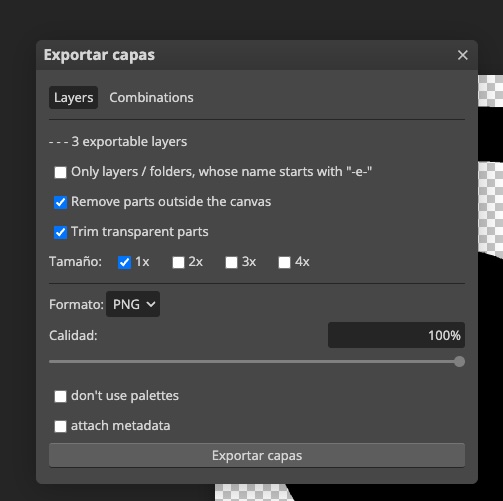
Icon Composer
Once Icon Composer has been properly installed, just open it:
Then, drag the layered .png files previously generated with Photopea.
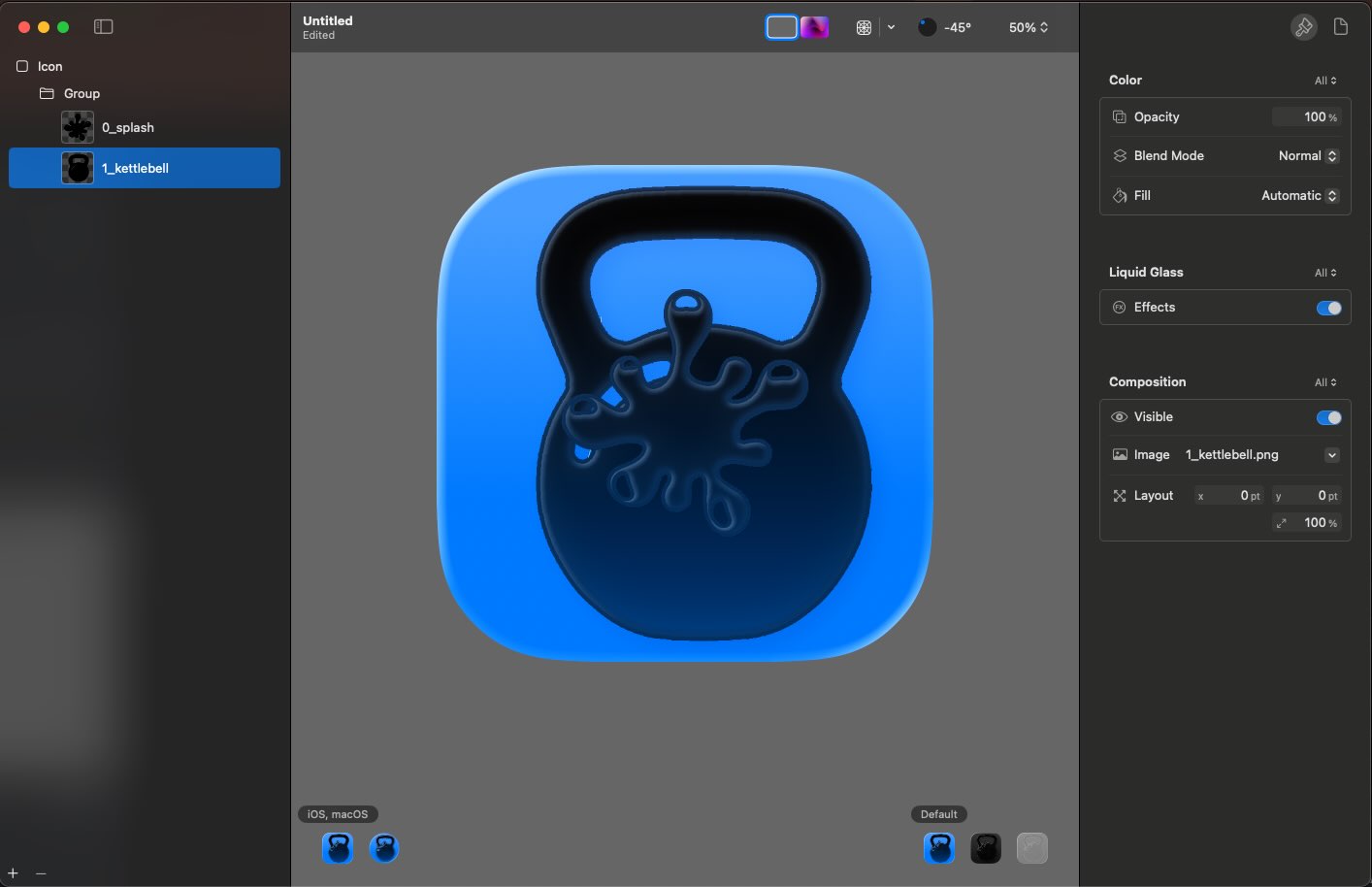
The interface is very intuitive. On the left panel, you’ll see the layers; in the center, the icon composition with controls that let you toggle layer guides and light effects at the top. At the bottom, you can preview how the icon will appear on iOS, macOS, or Apple Watch, including in light, dark, and monochrome modes. The right panel is dedicated to applying colors, blending modes, and the liquid crystal effect.
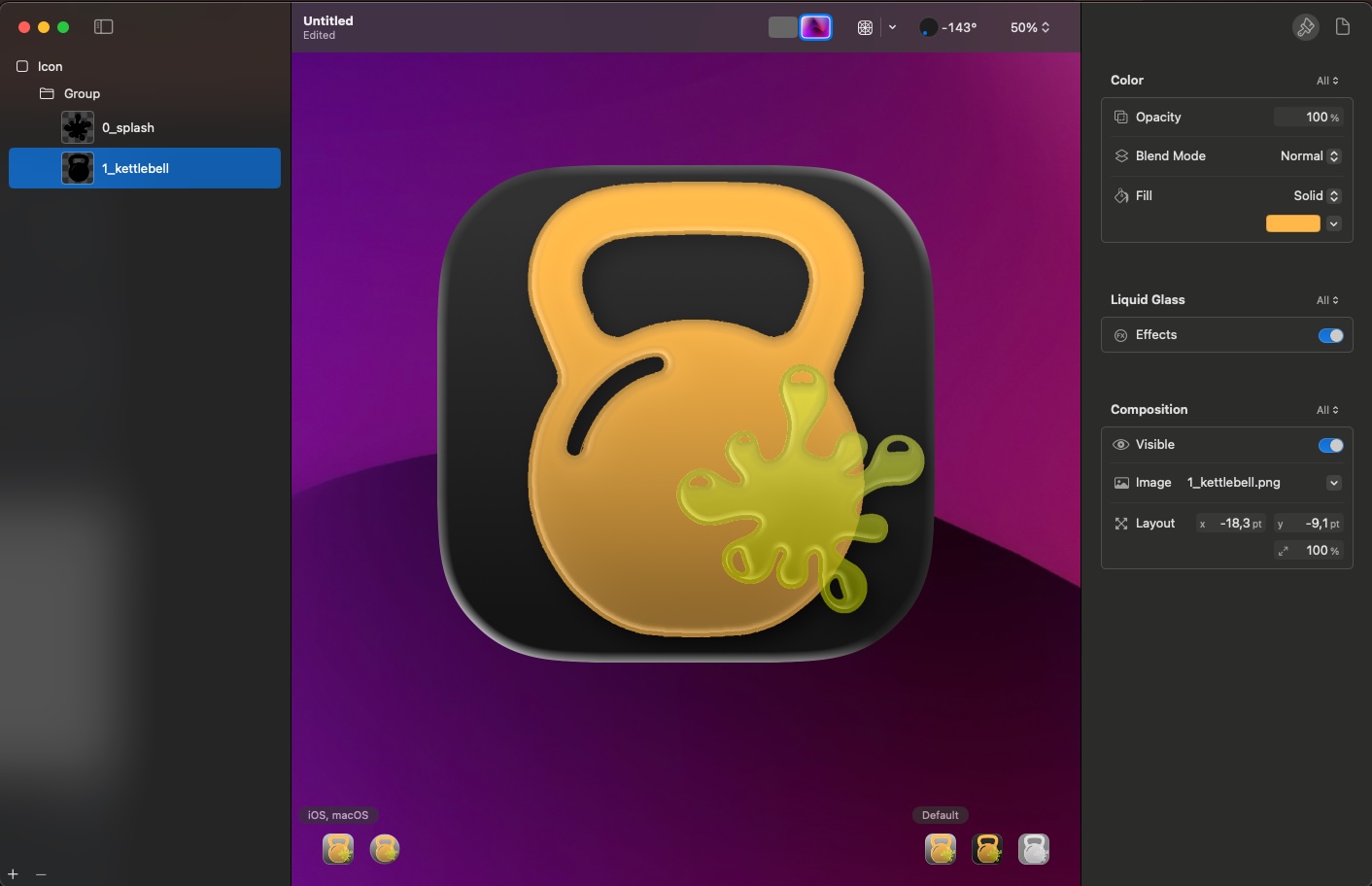
Once all the work is done, don’t forget to save the icon, as we’ll need it in the next step.
Integrating on XCode 26
Xcode 26 is the first IDE to support icons created with Icon Composer, so make sure it’s properly installed. Then, create a new iOS project and drag the previously generated Icon Composer file into your project’s source folder:
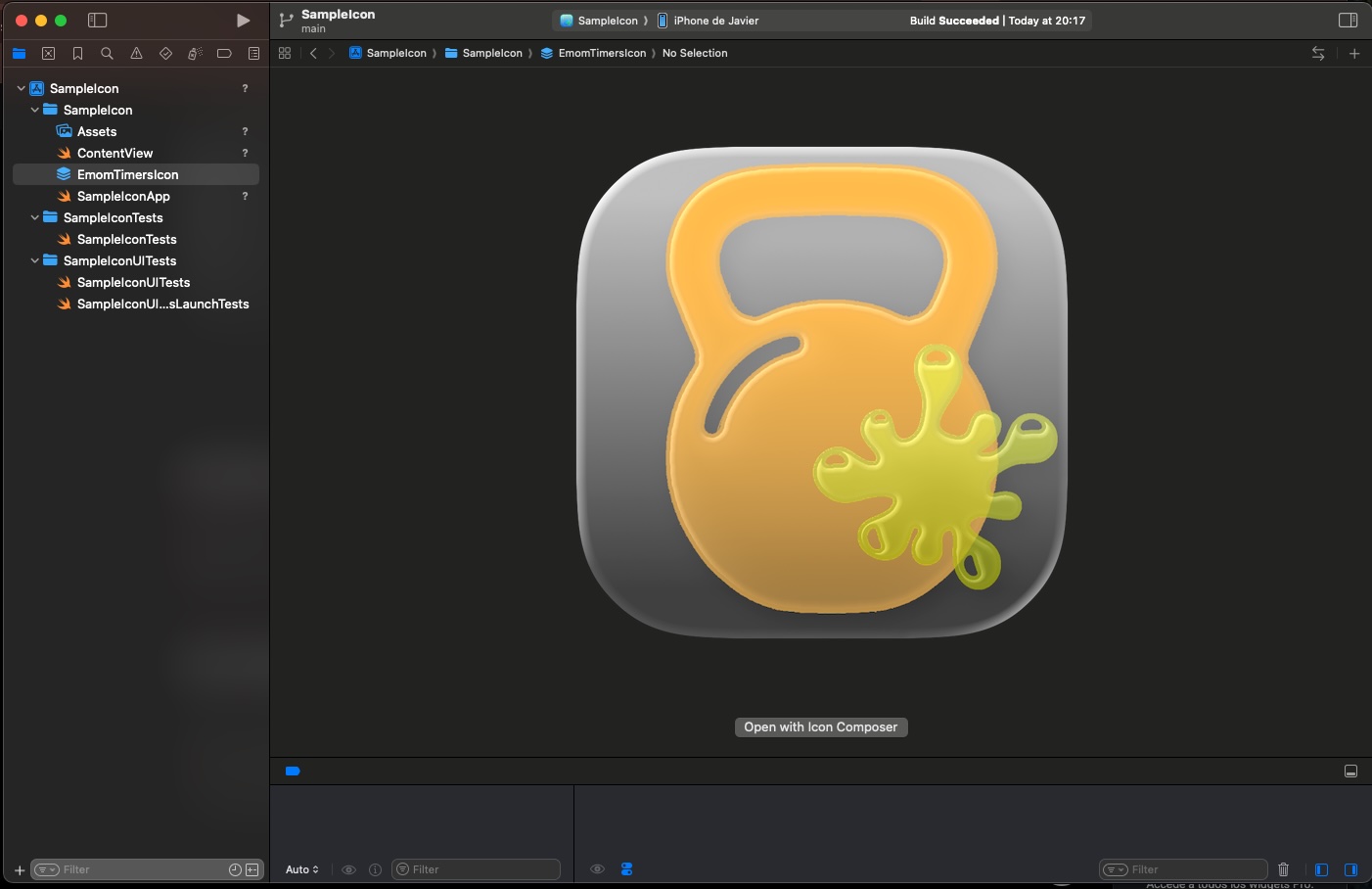
Icon Composer is also integrated into Xcode, so for future changes to the icon, you can open it directly from there. The icon is already included in the project source, but the target is not yet configured to use the new icon.
Now deploy the app to a device to see how the icon looks.
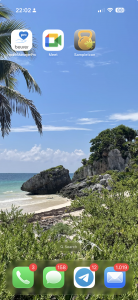
Conclusions
Icon Composer represents a significant step forward in creating and maintaining app icons. This tool allows designers (and developers) to easily preview how an icon will look across all platforms and appearance modes.
You can find source code that we have used for conducting this post in following GitHub repository.
References
- iOS and iPadOS dessign templates
Apple Developer Resources